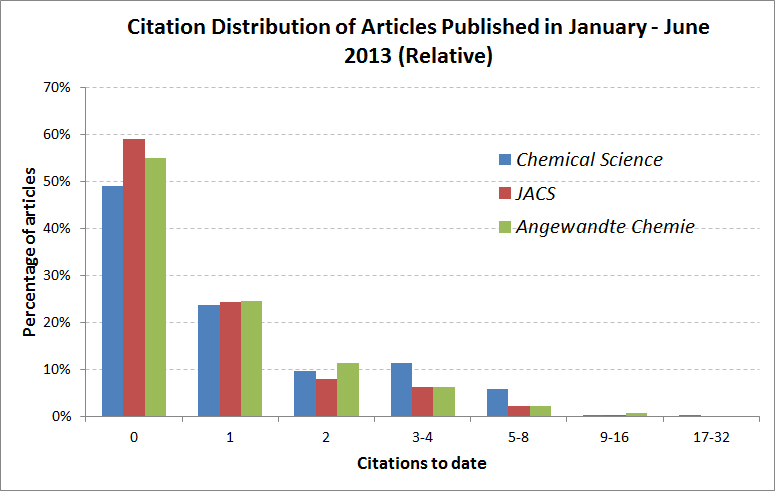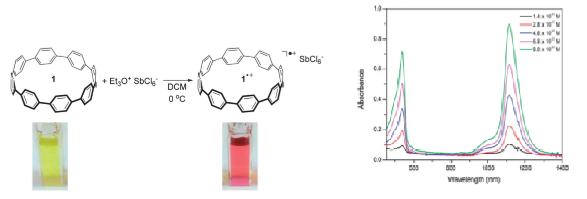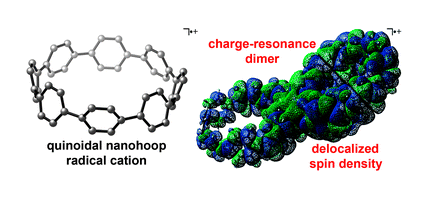 Tom Muir is the Van Zandt Williams Jr. Class of ’65 Professor of Chemistry at Princeton University, USA. His laboratory investigates the physiochemical basis of protein function in complex systems of biomedical interest. By combining tools of organic chemistry, biochemistry and cell biology, Tom and his group have developed a suite of new technologies that provide fundamental insight into how proteins work.
Tom Muir is the Van Zandt Williams Jr. Class of ’65 Professor of Chemistry at Princeton University, USA. His laboratory investigates the physiochemical basis of protein function in complex systems of biomedical interest. By combining tools of organic chemistry, biochemistry and cell biology, Tom and his group have developed a suite of new technologies that provide fundamental insight into how proteins work.
Tom serves as one of Chemical Science’s Associate Editors, handling submissions in chemical biology.
What made you keen to specialise in chemical biology? When did you know this was THE research area for you?
I was indoctrinated into the wonderful world of proteins at a young and admittedly impressionable age. Once you have your eyes opened to the power of using synthetic chemistry to manipulate protein structure and function, well, there is really no going back. Like many, I was re-branded a chemical biologist in the late 1990s. I have come to terms with this now and even think I know what chemical biology is.
Name one useful tip you wish someone had told you when you were an undergraduate?
Buy stock in Apple computer!
If you could go back in time and be whoever you wanted, which scientific discovery would you want to have been part of?
Not sure whether this qualifies as a scientific discovery, but I think it would have been pretty wild to have been present when early humans first harnessed fire. Surely, that was the signal moment in our cultural evolution.

"Pirates are fun and fearless, which, funny enough, are qualities that I see in the scientists I admire most" – Tom Muir (Image © Shutterstock)
Morning person or night owl?
Depends on the week and the flavour of jetlag I am dealing with.
Your favourite thing to do on a Sunday afternoon?
I like to enter the deranged world of my young kids – this invariably leads to me being a pirate for a few hours. I have learned that pirates are fun and fearless, which, funny enough, are qualities that I see in the scientists I admire most.
Describe Chemical Science in three words.
Quality over hype
Your personal message to Chem Sci authors and readers?
The key thing I look for is rigour, whether in the chemical aspects of the work or the biology. I hate loose ends. Like all fields, chemical biology has a lot of noise associated with it, I am looking for papers that add to the “signal.” I am much less interested in whether a paper is in a “hot” area as opposed to whether it makes a solid contribution to the field generally and is reported in a manner that others can try to replicate if they choose to.
Tom Muir and our dynamic international team of Associate Editors make direct decisions on the content of Chemical Science and actively drive its scientific development – submit your best and most innovative work to any of their Editorial Offices.
Associate Editors Tom Muir and Ben Davis have highlighted their recommended chemical biology papers on Chemical Science – Read their Editor’s Choice selection for FREE today!
Find many more excellent articles on chemical biology here: Online collection: Chemical biology


















